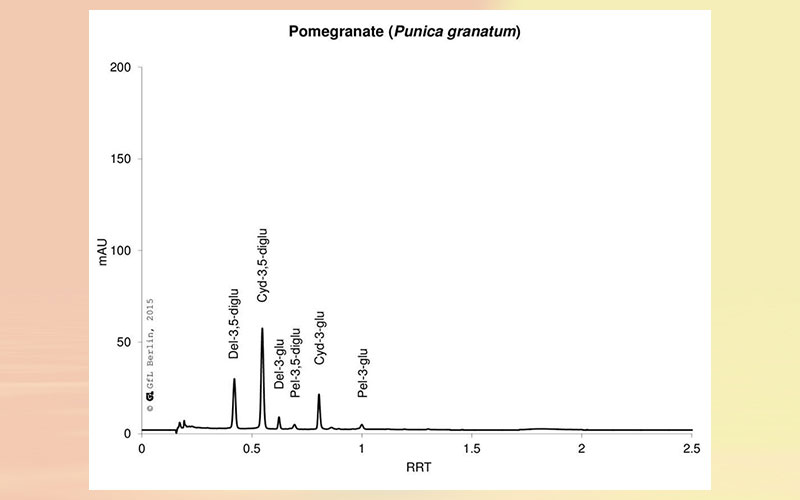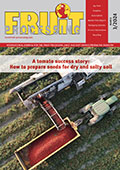New IFU Recommendation #11
Anthocyanins and flavanone glucosides have been used for years as part of the authenticity assessment of red/black and citrus juices, typically using IFU 71 & 58 respectively. These components comprise only a small selection of the polyphenolic compounds that are available to the analyst for the assessment of juices.

Use of polyphenols in the analysis of fruit and vegetable juices and purées
Anthocyanins and flavanone glucosides have been used for years as part of the authenticity assessment of red/black and citrus juices, typically using IFU 71 & 58 respectively. These components comprise only a small selection of the polyphenolic compounds that are available to the analyst for the assessment of juices. The generalised use of polyphenolic compounds as a means of detecting mixtures of juice was developed by Wade’s group at Procter and Gamble in the late 80’s. This procedure works well in juices where there is a reducing environment, such as citrus juices, and produces stable peak profiles. However, in systems with active polyphenol oxidase (PPO) enzymes, such as apple, pear and bananas, some peaks can be lost, due to oxidation and subsequent polymerisation, so these profiles tend to be less stable.
Unlike the chromatograms seen with the anthocyanin procedure, which often only contain a few peaks , traces for the polyphenols are much more complex and generally contain many more peaks. Due to the complex nature of these chromatograms, it is generally impossible to use reference libraries for positive peak identification due to small shifts in retention times between chromatographic runs. This means that control samples should be run with each batch of test samples for comparison purposes unless positive identifications can be made by using more specific detectors, such as diode array (DAD) and/or ideally mass spectrometer (MS), where a positive identification can be made either from an accurate mass measurement or by specific “mother/daughter” transitions.
This recommendation has been published and is available via the IFU website under Methods of Analysis









